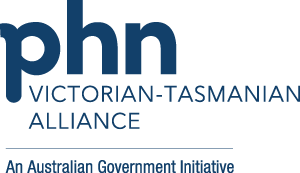Urgent Care Clinics are commissioned by primary health networks, with funding from the Victorian and Australian governments.
Blog
Delivering comprehensive education and training for GPs for the diagnosis, treatment and management of HIV, hepatitis B, hepatitis C and sexually transmitted infections (STI).
It is estimated that one in ten patients in any general practice is a carer. Carers provide a vital role, and enable patients to maintain their independence, wellness and quality of life. However, carers themselves can experience a range of negative health, social and financial impacts as a result of their caring role.
North Western Melbourne Primary Health Network (NWMPHN) is seeking to commission an organisation to provide an independent evaluation of the statewide Optimal Care Pathways HealthPathways project.
Oesophagogastric cancers have a low incidence and poor prognosis, with five-year survival rates ranging from 20 to 30%.
Prostate cancer is the most common cancer diagnosed in men in Australia and fortunately has a very high five-year survival rate (94%). However, a significant sub-group of patients report poor quality of life post treatment, such as erectile dysfunction and urinary incontinence.
Enhancing primary care workforce capacity with a focus on improving lymphoedema diagnosis, management and support.
Conduct of primary care workforce development project focussed on supporting accelerated uptake of new hepatitis C drug treatments by the primary care system
Implementation of collaborative responses which involve place-based approaches to suicide prevention being implemented across twelve metropolitan, regional, and rural locations of need over a four year period.
Translation and integrated adoption efforts to the implementation of the Optimal Care Pathways (OCPs) for cancer into primary health.

